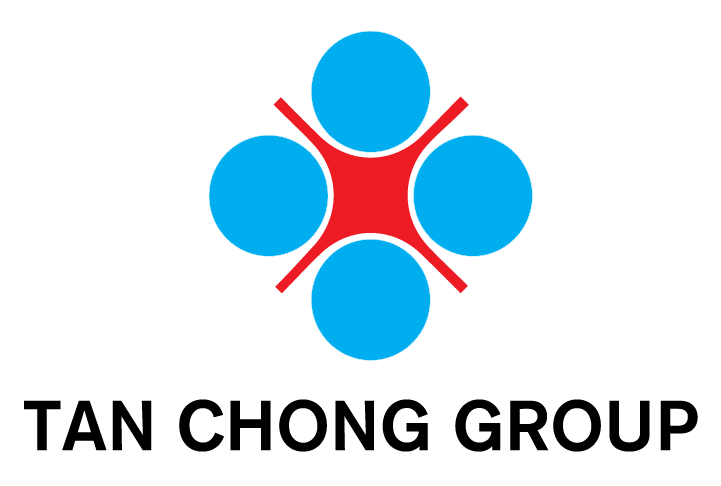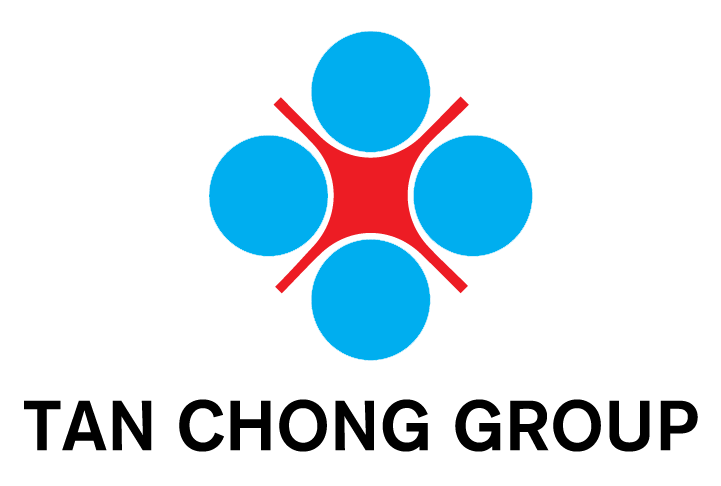Title Page
-
Report No.
-
Head of Workshop (HOW)
-
Workshop
-
Conducted on
-
Prepared by
Definition
-
Definition-
Yes: Comply with the checkpoint. Maintain the good practices.
No: Do not comply with the checkpoint. Action needed to close the issue.
N/A: Not Applicable
1. TOOLS & EQUIPMENT (PART 1)
-
1.1 Are all the hoists in good working condition (i.e. rubber pads, balancing, locking arm, safety lock, cables, oil leaking, rusty, etc.)?
-
1.2 Is the air compressor area well ventilated and away of combustibles storage?
-
1.3 Is the air compressor in good working condition (i.e. oil level, safety valve, motor guarded, water drained, etc.)?
-
1.4 Is the weekly inspection to all the hoist, air compressor and spray booth being carried out correctly and according to schedule?
-
1.5 Are the electrical panel & electrical room closed from unauthorized access and the clearance maintained?
-
1.6 Are all the electrical appliances safe and free of frayed cable, broken socket & plugs?
-
Updates (Corrective Action)
-
Photo (Corrective Action)
-
Comment (* filled up by EHS upon the review of report)
2. TOOLS & EQUIPMENT (PART 2)
-
2.1 Are all the air impact wrench maintained in good working condition?
-
2.2 Is the DANGER OUT OF SERVICE signage displayed visibly at unsafe equipment and not being used?
-
Updates (Corrective Action)
-
Photo (Corrective Action)
-
Comment (* filled up by EHS upon the review of report)
3. WORK PRACTICES
-
3.1 Does the staff drive in safe manner (follow speed limit, follow traffic direction, adjust seat/mirror, close door before driving, turn on hazard light and sound horn, etc.)?
-
3.2 Does the staff stand/walk away from moving vehicle?
-
3.3 Does the technician operate the hoist in safe and correct manner (i.e safety lock, lifting point, clearance, providing signal, etc.)?
-
3.4 Is the oil drainer being used in correct and safe manner (i.e. not overloaded with oil filters, oil level, lifting position, etc.)?
-
3.5 Does the technician lift the tyre with correct posture?
-
3.6 Does the vehicle lifted by floor jack supported securely with jack stand?
-
3.7 Are the open flame activities isolated from combustibles and flammables?
-
3.8 Is the spray booth free of combustible chemical storage?
-
Updates (Corrective Action)
-
Photo (Corrective Action)
-
Comment (* filled up by EHS upon the review of report)
4. WORKSHOP STORAGE
-
4.1 Is the oil storage area clean and well ventilated?
-
4.2 Are the oil drums, pails, bottles and cartons arranged and stacked in safe manner?
-
4.3 Are the flammable materials properly stored and posted with warning sign?
-
4.4 Is the flammables storage (paint store/mixing room) clean, ventilated and distance away from heat/ignition source?
-
4.5 Is the reused bottle or jug re-labeled accordingly?
-
4.6 Is the workshop store (i.e. warranty store, dismantled part store, tools room, scraps store, etc.) clean and free of trip and fall hazard?
-
4.7 Is the stored item arranged/stacked in safe manner?<br>
-
Updates (Corrective Action)
-
Photo (Corrective Action)
-
Comment (* filled up by EHS upon the review of report)
5. ENVIRONMENTAL ISSUE
-
5.1 Is the scheduled waste store designed according to DOE requirement (i.e. spill containment, protected from weather, clean, signboard and warning sign, isolated from ignition source, etc.)?
-
5.2 Are the waste labels displayed correctly (i.e. display on container, generation date, waste code, symbol, etc.)?
-
5.3 Are the waste containers suitable and covered when not in use?
-
5.4 Are the spent lubricating oil, used oil filter, spent coolant, empty drum, contaminated containers, cotton rags and used battery being managed as scheduled waste and separated accordingly?
-
5.5 Are all the scheduled wastes generated not being kept more than 180 days (6 months)?
-
5.6 Is the oil interceptor well maintained and the maintenance record documented?
-
5.7 Are the drain and workshop compound clean and free of stagnant water?
-
Updates (Corrective Action)
-
Photo (Corrective Action)
-
Comment (* filled up by EHS upon the review of report)
6. PARTS STORE & OFFICE STORE
-
6.1 Is the parts store clean, organized and free of trip and fall hazard?
-
6.2 Are the stored materials at parts store arranged/stacked in safe manner?
-
6.3 Is the office store clean, organized and free of trip and fall hazard?
-
6.4 Are the stored materials at office store arranged/stacked in safe manner?
-
Updates (Corrective Action)
-
Photo (Corrective Action)
-
Comment (* filled up by EHS upon the review of report)
7. EMERGENCY RESPONSE
-
7.1 Are all the fire extinguishers visible, accessible and free from obstacles?
-
Updates (Corrective Action)
-
Photo (Corrective Action)
-
Comment (* filled up by EHS upon the review of report)
8. COMMON AREA
-
8.1 Are the working bay and store free of food and drink?
-
8.2 Are the customer lounge, reception office, HOW room, office and meeting room clean and organized?
-
8.3 Are the technician room, surau, washroom and pantry clean and organized?
-
8.4 Are all the floors, passageways and staircase free of slips, trips and falls hazard?
-
8.5 Is the roof/ceiling free of leaking and falling object (e.g. frayed ceiling, frame for lighting, etc.)?
-
8.6 Are all the light bulbs in good working condition?
-
Updates (Corrective Action)
-
Photo (Corrective Action)
-
Comment (* filled up by EHS upon the review of report)
OTHER UNSAFE ACTS/HAZARDS
CONCLUSION/RECOMMENDATION
Conclusion/ Recommendation
-
Very poor EHS MS implementation. Immediate action is required to avoid the disciplinary action taken by the authority.
-
Poor EHS MS implementation. Need to work harder on legal compliance first before move to next level requirements.
-
Moderate EHS MS implementation. A lot of corrective action required.
-
Good EHS MS implementation. Several corrective actions required.
-
Excellent EHS MS implementation. Few corrective action required and ready for EHS MS level enhancement.
-
Deadline
Completion
-
Signature









